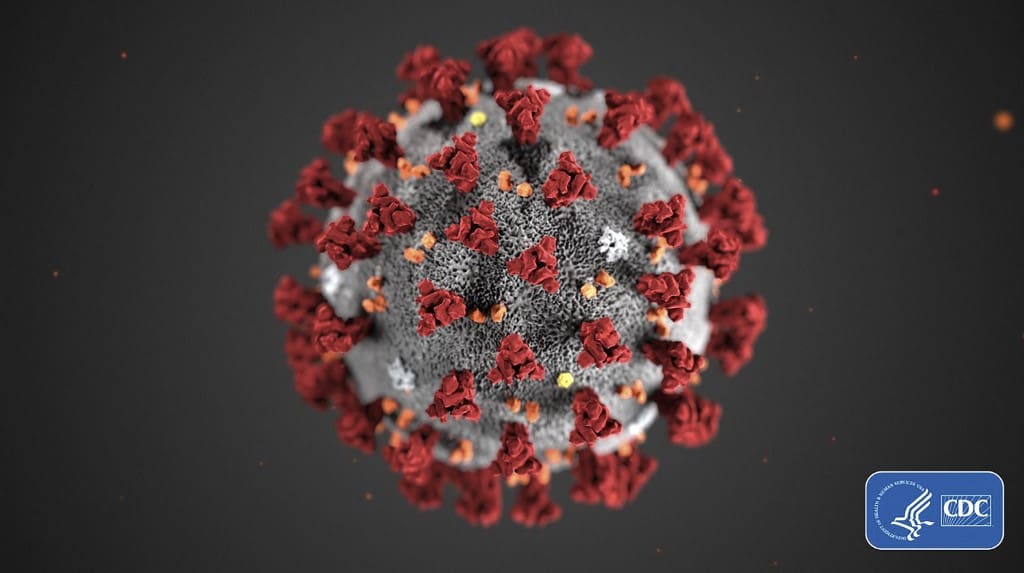While Costa Rica has so far limited the health impacts of the coronavirus, the pandemic has reshaped the lives of tens of thousands of people.
Nearly 100 days since Costa Rica closed its borders to arriving tourists, we take a big-picture look at the country’s handling of the crisis and what might come next.
A successful health-first approach
Costa Rica’s Health Ministry and its robust Social Security System (CCSS) have been at the forefront of the country’s fight against the coronavirus.
By almost any measure, that battle has been a successful one. To date, Costa Rica has recorded 12 coronavirus-related deaths, and health services have not been saturated.
Costa Rica’s early response has paid dividends. It established contact-tracing protocols to track and mitigate outbreaks, for example, and applied restrictions to limit transmission events. That has given the country ample time to fortify its healthcare resources by purchasing ventilators and building a coronavirus-specific hospital.
Meanwhile, the Clodomiro Picado Institute — internationally recognized for its snake antivenoms — is working on plasma treatments, and national universities are building ventilators, personal protective equipment and more.
All of this leaves Costa Rica in better shape to respond to a “second wave,” which began in mid-June. But the country still has limited intensive-care space and could not support an exponential increase in hospitalizations.
A growing economic crisis
Costa Rica reached 15.7% unemployment through April 2020, the highest-recorded level of that indicator. That number likely rose even further in May, President Carlos Alvarado acknowledged.
At the same time, underemployment (when people work fewer than 40 hours per week and desire to work more) reached 14.9% of the workforce, a significant rise over the same period in 2019.
The tourism sector (comprising 8.2% of GDP and 220,000 jobs) has been severely affected and has been in a “zero season” since mid-March due to a ban on arriving visitors. While the economic reactivation strategy promotes domestic travel, that simply cannot replace the millions of foreigners the country welcomes each year.
In turn, several major tourism chambers have petitioned that the government reopen borders to tourists.
While the Costa Rican government offers emergency financial relief to support citizens who have lost their income, funding difficulties threaten the program’s future. And long-term, the crisis shakes a national economy that was already on uncertain standing.
What comes next?
Costa Rica began reopening parts of its economy in mid-May. Currently, most businesses and attractions can open with limits on capacity or hours.
The country’s ongoing border restrictions stunt economic reactivation, but the Health Ministry argues that a widespread coronavirus outbreak would cause an even bigger long-term impact.
For its part, the Costa Rica Tourism Board (ICT) hopes to leverage a successful management of the coronavirus to promote future tourism.
Costa Rica must answer the following questions before it welcomes tourists:
- From what countries can tourists visit Costa Rica? The Health Ministry will not allow visitors from countries with high transmission rates, which could include the United States.
- What screenings happen at the airport? Costa Rica enforces a 14-day home isolation for returning citizens/residents. This is not feasible for tourists, but visitors dispersing throughout the country complicates contact tracing.
- What happens when tourists test positive? Costa Rica already has limited hospital space. Who pays for treatment, a hospital stay, or 14 days isolating in a hotel?
Costa Rica’s health-first response to the crisis prioritizes saving lives. But many businesses — and the people who work for them — cannot weather several more months of a “zero season.”
As Costa Rica reaches 100 days since it declared a State of Emergency, it continues to seek that balance between health and the economy.

